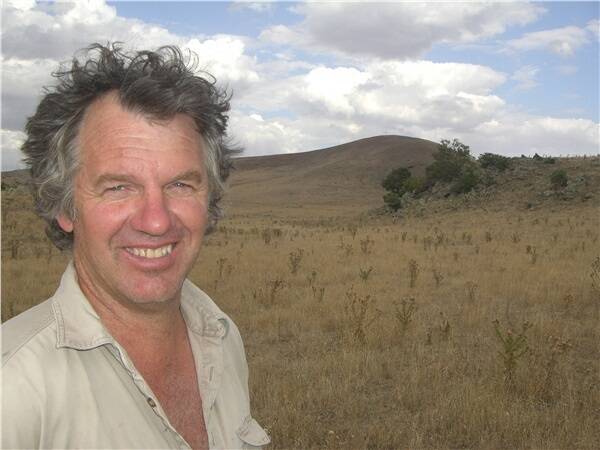
LAST year, when he turned the first sod among the volcanic rocks at West Cloven Hills near Camperdown, Nicholas Cole knew he was creating history.
It was the first time the expansive basalt plains, occupied continuously by six generations of Coles’ (all named Nicholas), had been cleared, cultivated and planted.
When The Pastoralists’ Review visited the then 70-year-old operation in 1909, it was described as “a well established western Victorian property.”
Back then it was 8900 hectares (22,000 acres) and about 60 men were employed at shearing time.
Now West Cloven Hills is 1215ha (3000ac) and two men are used at shearing.
In 1909 the property ran 30,000 sheep, several hundred head of Devon and Durham cattle together with 500 horses for work. Now it has 6500 sheep, no cattle and one horse for pleasure.
In 1906 a world record price was achieved for the Merino hogget wool from West Cloven Hills - 19.5 shillings a pound greasy was close to the famous “pound a pound” days of the early 1950s, but back in 1906 would have been worth a lot more in real terms.
In fact it would have taken 14 kilograms of Mr Cole’s record breaking Merino wool to buy the Johnston Reaper and Binder advertised in the Pastoralist’s Review at 29 pounds 10 shillings.
The basic wage, set by the famous HV McKay case in 1907, was 42 shillings a week, therefore to pay the basic weekly wage of the day, Mr Cole needed only a kilogram of his wool (or 2.2lbs).
Last year the present day Nicholas Cole sold his 28 micron Corriedale hogget wool for 355 cents a kilogram greasy.
To pay today’s basic wage of $544 a week, he needed 153kg.
Even with Merino hogget wool at the most optimistic price of $9/kg greasy, you still need 60kg to pay the basic weekly wage of today.
*Extract from special story to appear in Stock & Land, March 26.

